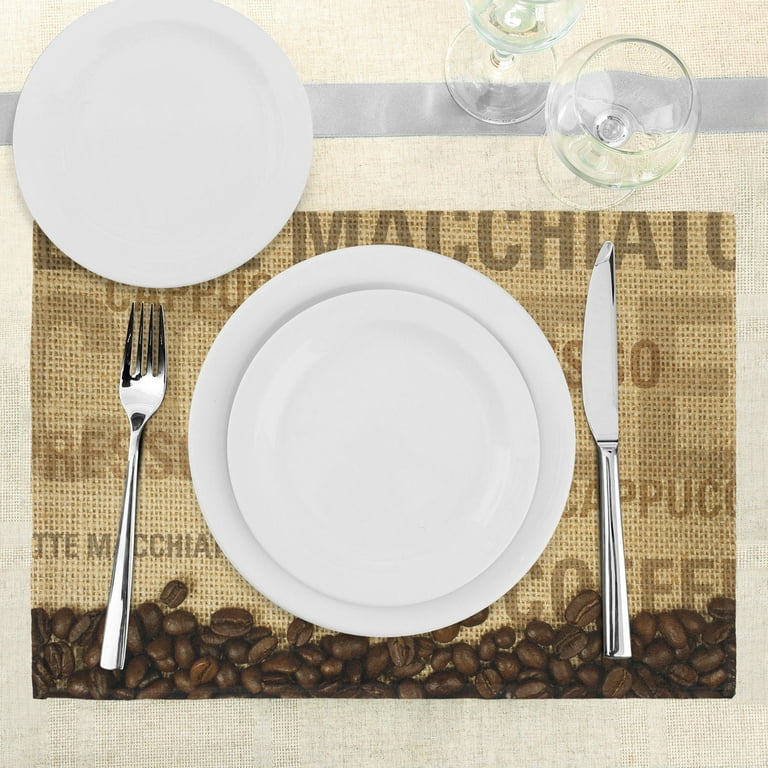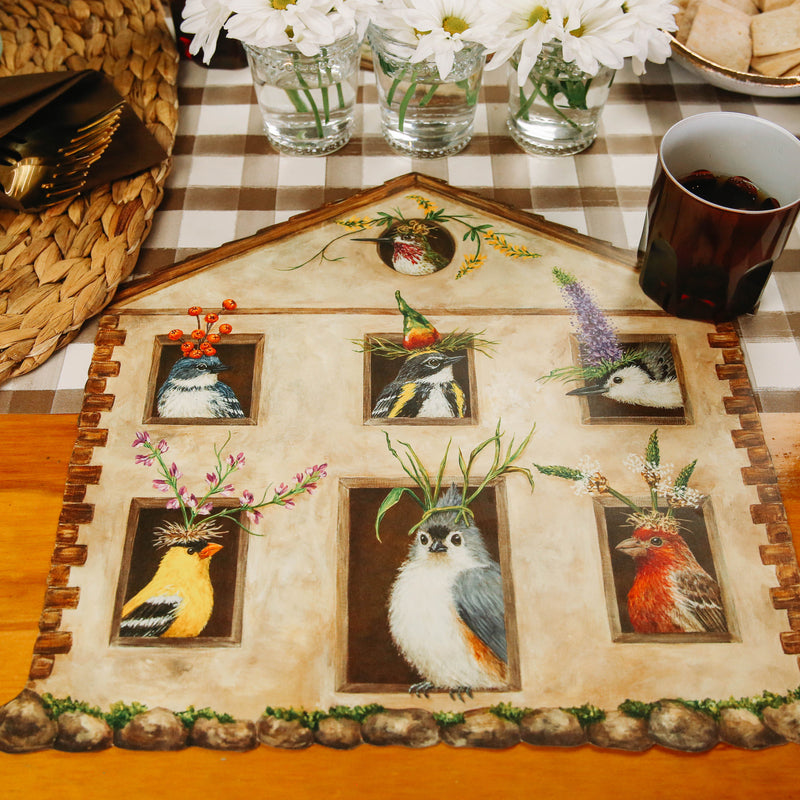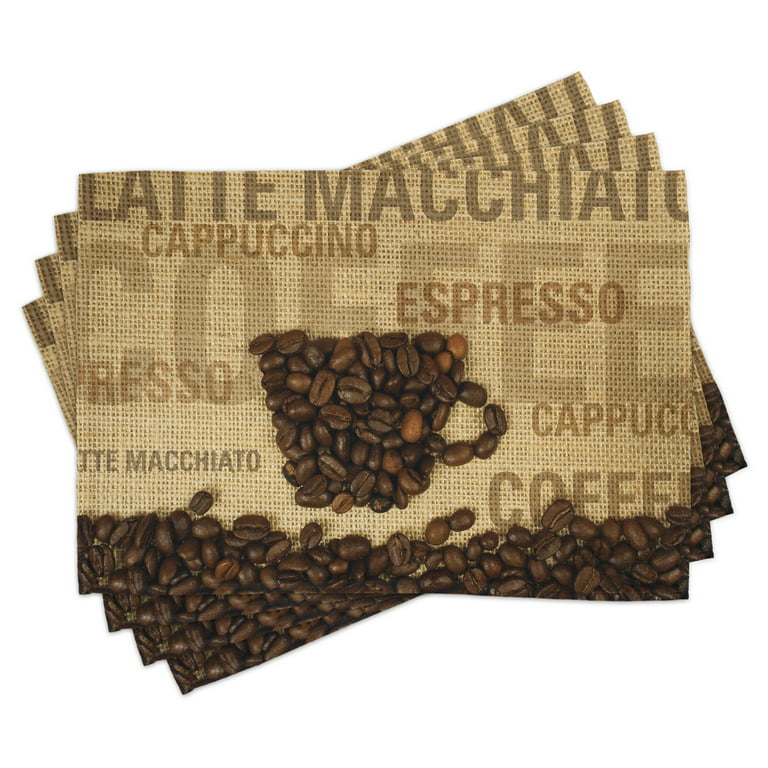Little Known Facts About Unique Art.
Table of ContentsThe Best Guide To Unique ArtUnique Art - The FactsIndicators on Unique Art You Should KnowWhat Does Unique Art Do?
While one might debate which art form holds priority, the truth remains that each of these 7 kinds gives an one-of-a-kind home window into human history, society, and evolution. They are the tapestries that chronicle our journey, advising us of our past while motivating visions for the future.Great art work narrates, makes people look twice, and develops an one-of-a-kind experience that can not be matched. Art and images interact every one of that via color, form and various other style components. Learn just how to make your unique art work stick out from the group.

8 TRIA GIOVANEqual components grand and laidback, this foyer developed by Anthony Baratta is the ideal blueprint to adhere to if you're decorating a formal entry that still really feels unfussy and comfy. Patterned fabrics take center phase (see the carpetings and the couch), but they also aid bring the high ceilings to a human scale when hung over wallpaper.
The Only Guide for Unique Art
18 Heidi Caillier DesignA gallery wall does not require to take up the whole area. Often a little one can make a bigger style statement. In this living room, Hiedi Caillier chose for micro-mini structures and a random composition.
The components of this languageits shapes, lines, colours, tones, and texturesare utilized in different means to produce experiences of volume, room, activity, and light on a flat surface area. These elements are integrated right into expressive patterns in order to stand for real or superordinary sensations, to translate a narrative theme, or to produce wholly abstract visual relationships.
Later on the notion of the "great artist" developed in Asia and Renaissance Europe. During the 19th century painters in Western societies began to shed their social position and protected patronage.
Getting My Unique Art To Work
Others gained an earnings via visiting events of their job. The need to appeal to a marketplace had actually changed the similar (if much less impersonal) needs of patronage, and its impact original site on the art itself was possibly comparable. Usually, musicians in the 20th century could reach an audience only via Your Domain Name industrial galleries and public museums, although their work may have been sometimes reproduced in art regulars.

Do not duplicate the design of other musicians if you're searching for your design. Duplicating other individuals's art work can be terrific in educational functions yet it will not make you closer to finding your own one-of-a-kind style. Your artistic style article needs to be, what you such as and what motivates you.
I would certainly consider your very own design as a design you repaint in normally, when you release all thoughts and rules and just concentrate on painting, not thinking of it. Unique Art. The design needs to come normally to you when you are relaxed and you can't force it or it will not be your own design, just somebody else's
The Of Unique Art

With time you'll have the ability to arrange all of them right into your favored and least favored classifications. Try to concentrate your interest on the subjects and tools that you like and before you see it coming you'll have your own individual and unique design, like no person else have! So in the end you'll have a couple of favored based on repaint and perhaps a few preferred tools.
The style has to develop itself in time with a whole lot of technique and experiments - Unique Art. Thanks for reviewing this blog post and if you have any inquiries leave them in the remarks listed below, I would certainly enjoy to respond to these